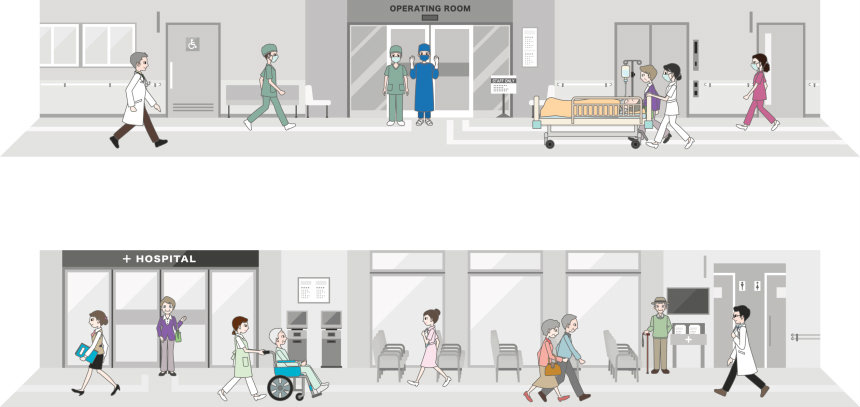
Evidence-based care helps you make the best treatment decisions and it can revolutionize your practice. Although the care model involves consulting the latest research studies for information about treatment benefits and protocols, it’s about more than simply relying on research studies to make decisions. Your personal experience and input from your patients are also important considerations.











